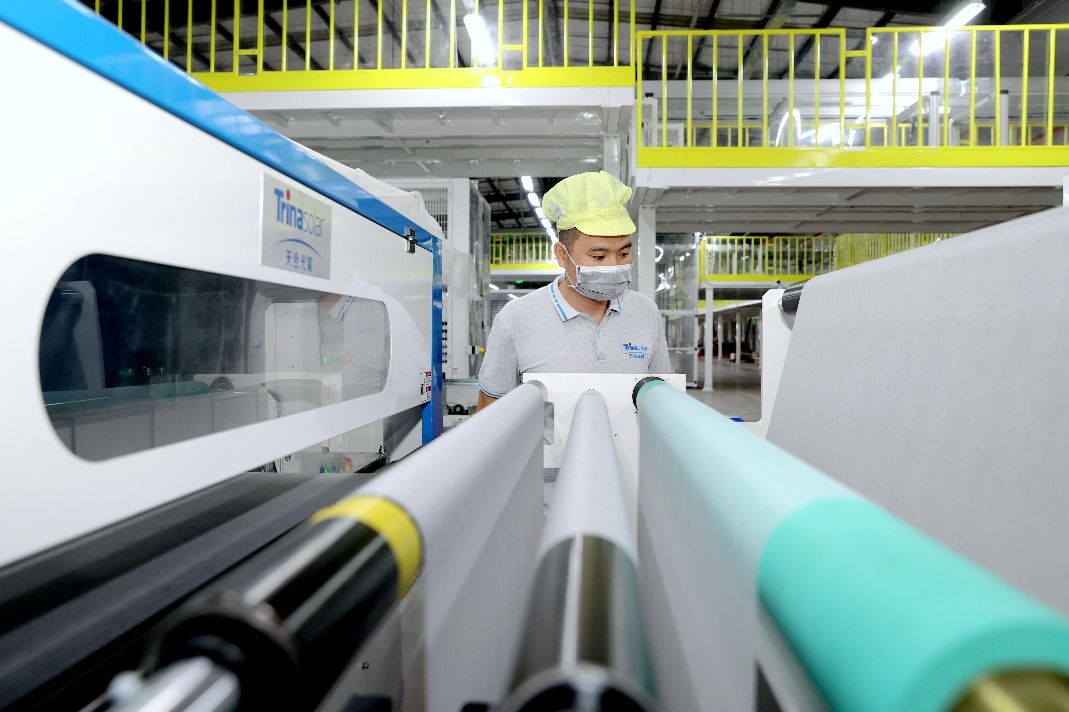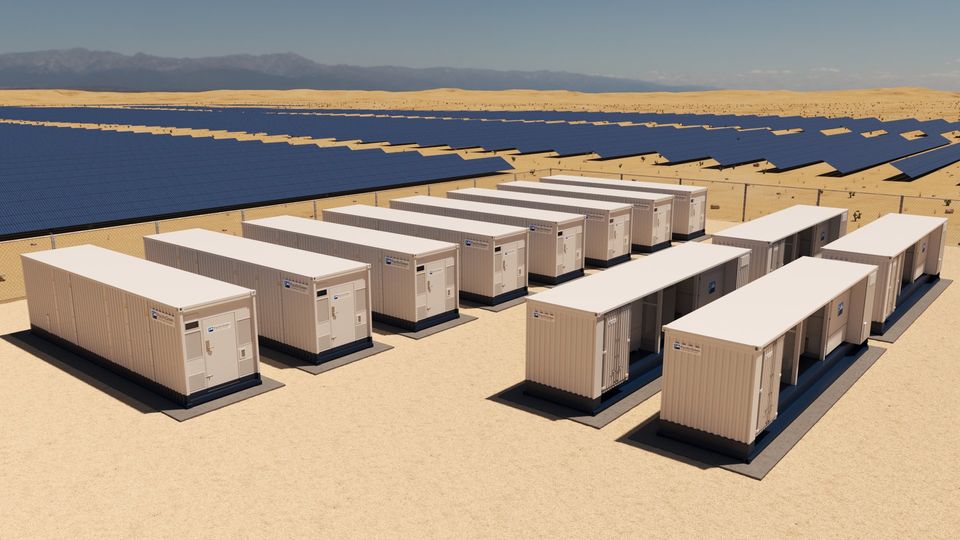Industrial Energy Storage Sector Expands
Pairing distributed renewable energy with energy storage is crucial for China to achieve its dual-carbon goals. This approach balances power supply and demand while enhancing power utilization efficiency, according to industry experts and executives.
Gao Jifan, chairman and CEO of Trina Solar Co., highlights the vast market potential in the industrial energy storage sector. More industrial users recognize the importance of energy storage and are increasingly willing to install such systems. “Industrial energy storage systems can effectively enhance power reliability, bridging solar power facilities with the public grid,” Gao said at the 15th World Economic Forum Annual Meeting of the New Champions in Dalian, Liaoning province.
Comprehensive Energy Storage Solutions
Trina Solar has developed an advanced energy storage solution. In its Yancheng Delong project in Jiangsu, the system stores electricity during off-peak hours and discharges during peak times, leveraging price differentials to reduce energy costs. This solution also provides backup power during grid outages or maintenance, improving reliability and minimizing disruptions. Additionally, the energy storage system allows participation in grid ancillary services, enhancing grid stability and generating additional revenue.
This comprehensive system supports better integration of renewable energy sources like wind and solar, promoting a cleaner, more sustainable energy mix. Many photovoltaic firms are investing in energy storage and smart grid networks to enhance the competitiveness of new energy solutions.
Major Investments in Energy Storage
Solar panel maker GCL Technology Holdings Ltd is involved in numerous high-quality user-side energy storage projects in developed regions like the Yangtze River Delta and the Pearl River Delta. The company leverages its photovoltaic industry chain resources and various energy supply services.
Chinese steel manufacturer HBIS Group is optimizing its energy structure, advancing energy storage technologies, and promoting “new energy + storage” projects. This initiative aims to green the steelmaking industry. HBIS currently leads the steel sector in green power trading, ranking among China’s top 10. The company targets a renewable energy capacity of 350 megawatts by 2025. HBIS is also developing a 150 MW integrated source-grid-load-storage project in Chengde, Hebei province, to ensure stable power supply.
Reducing Carbon Emissions
High carbon emissions in the steel industry are primarily due to its energy structure. HBIS is reducing emissions by adopting hydrogen, green electricity, and energy storage modalities. This strategy increases renewable energy use, building a diverse and clean energy system that significantly contributes to global climate change mitigation and environmental protection.
Chen Haisheng, chairman of the China Energy Storage Alliance, emphasizes that initial subsidies guide industrial development and yield returns by broadening the tax base and boosting local fiscal revenue. Early policy guidance is crucial for the rapid and high-quality development of regional industrial energy storage, creating mutually beneficial outcomes for businesses and local governments. This approach fosters a positive growth cycle for the industrial ecosystem.
Future Outlook
By the end of the first quarter, China had 52.5 gigawatts of pumped storage capacity and 35.3 GW of new energy storage capacity. A robust pipeline of under-construction or planned projects supports near-term capacity growth, according to consultancy Rystad Energy.
Source:chinadaily.com.cn





